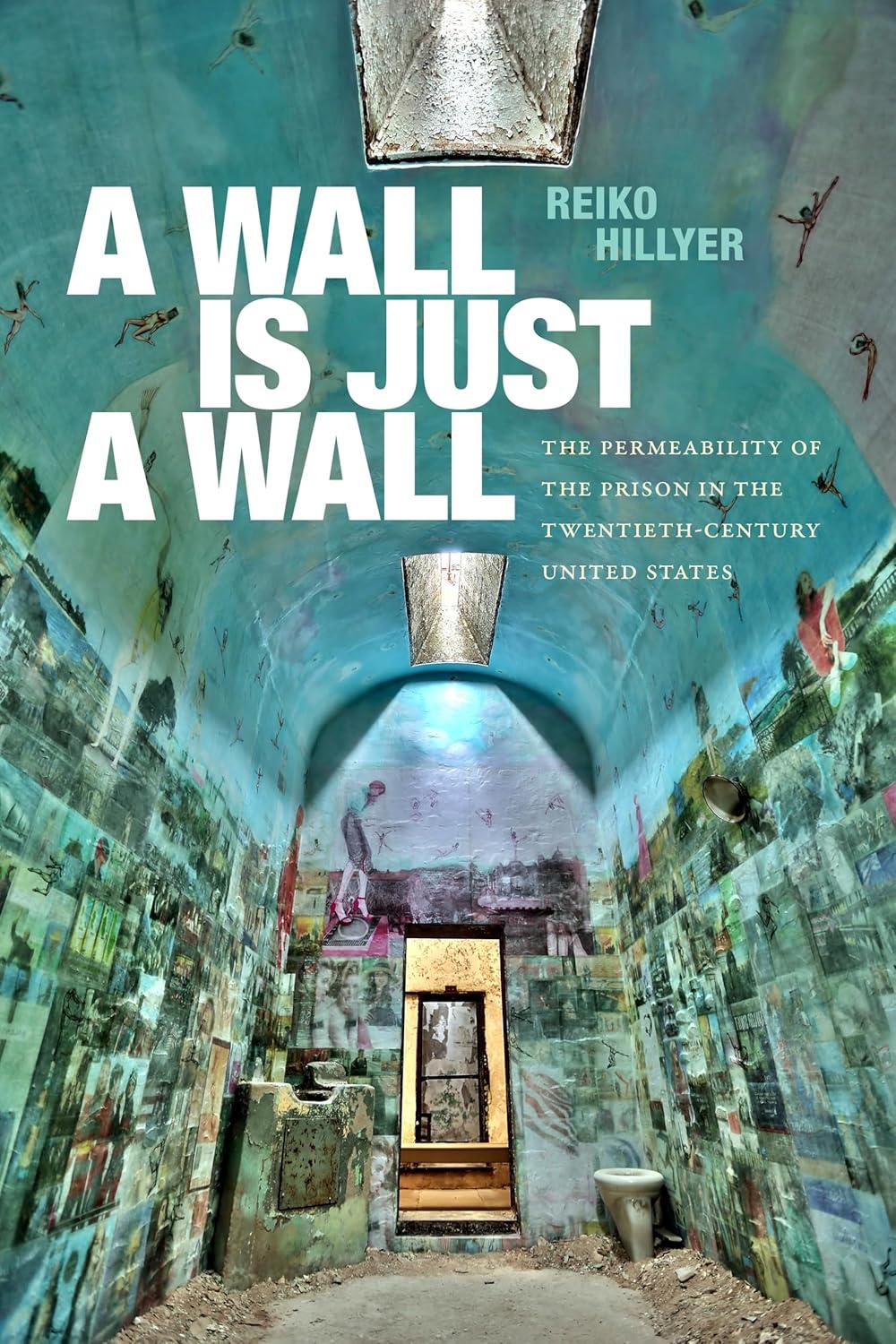Charlotte Rosen (CR): In your introduction, you very powerfully write, “We now understand that mass incarceration is relatively new. What is even newer is mass disappearance.”
Can you share what you mean by “mass disappearance,” and why interrogating “mass disappearance” is important for historians of the carceral state and US historians more generally? What does that analytic offer, both historiographically and politically?
Reiko Hillyer: I’m building on a now rich historiography that tracks the policies and ideologies that have led to mass incarceration. What I’m trying to add to that is a closer look at how the punitive policies that criminalize more and more people and established harsher sentences were accompanied by changing prison conditions and particularly conditions that had to do with the relationship between incarcerated people in the free world.
What I mean by mass disappearance is that, until the 1990s or so, there was a suite of practices that connected incarcerated people to the free world, some of which emerged at the exact moment that mass incarceration developed. These are practices like furlough, conjugal visits, and the regular use of clemency. All of these practices connected prisoners to the free world and exemplified a more rehabilitative approach—a problematic term—but nonetheless, they represented practices that created more fluidity between inside and outside and also offered real concrete promise of early release.
During the lifetime of many incarcerated people in the late 20th century, all of those practices disappeared. So, the reason why this is important historiographically is that essentially, a generation of imprisoned people were suddenly disappeared, in the sense that they faced incredibly devastating consequences and radical change in their own conditions during their own lifetimes. These shifts really severed them not only from their communities but also from any hope of release. That disappearance helped to underwrite an ideology that imprisoned people are permanently incorrigible, dangerous, and disposable.
This idea of permanent exile—what now appears as unfortunately standard criminal legal practice today—has to be historicized and understood from the point of view of incarcerated people, who witnessed their conditions change before their eyes.
It’s also a useful intervention politically because it teaches us to unlearn some of the common sense about crime and punishment that suggests these structures of lengthy incarceration and permanent exile are required for public safety. On this note, knowing this history of the prison’s prior permeability provides politicians political cover, if they decide to engage in compassionate release of elderly prisoners. It demonstrates that doing so is not some radical left-wing idea; that such a practice used to be common sense for everyone from like Ross Barnett to Ronald Reagan to someone we might consider to be more progressive. That’s useful politically.
